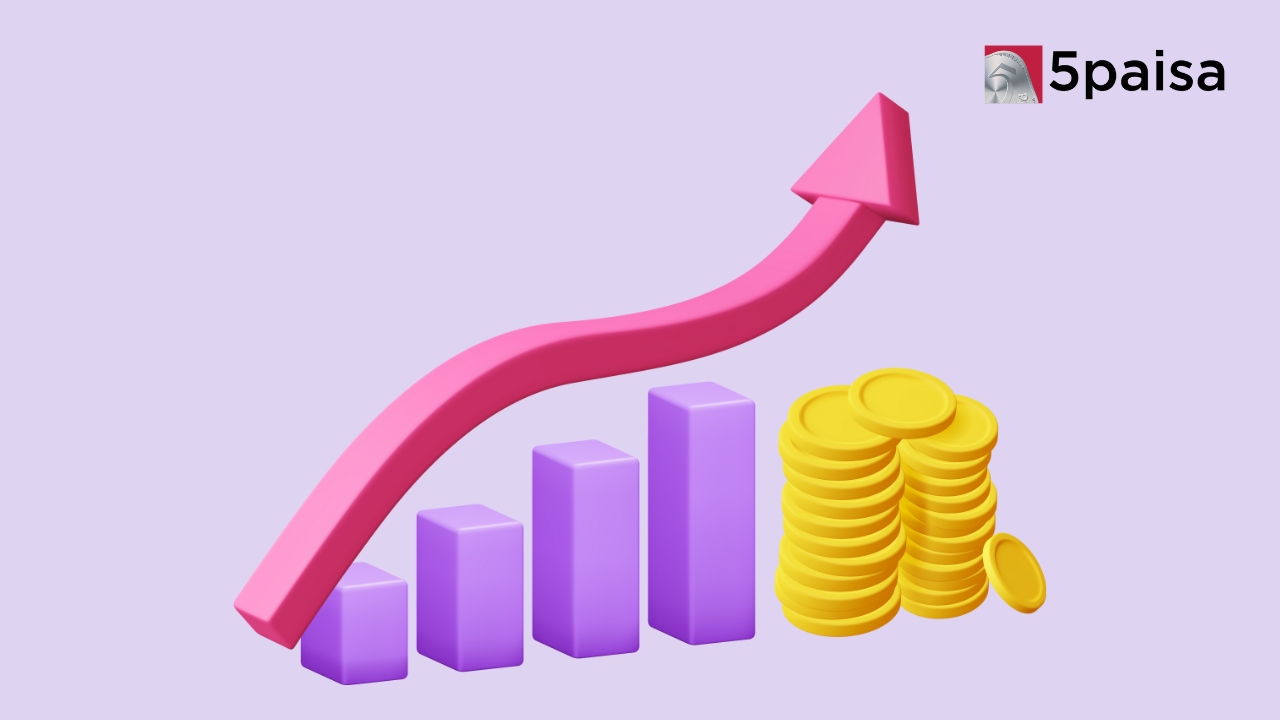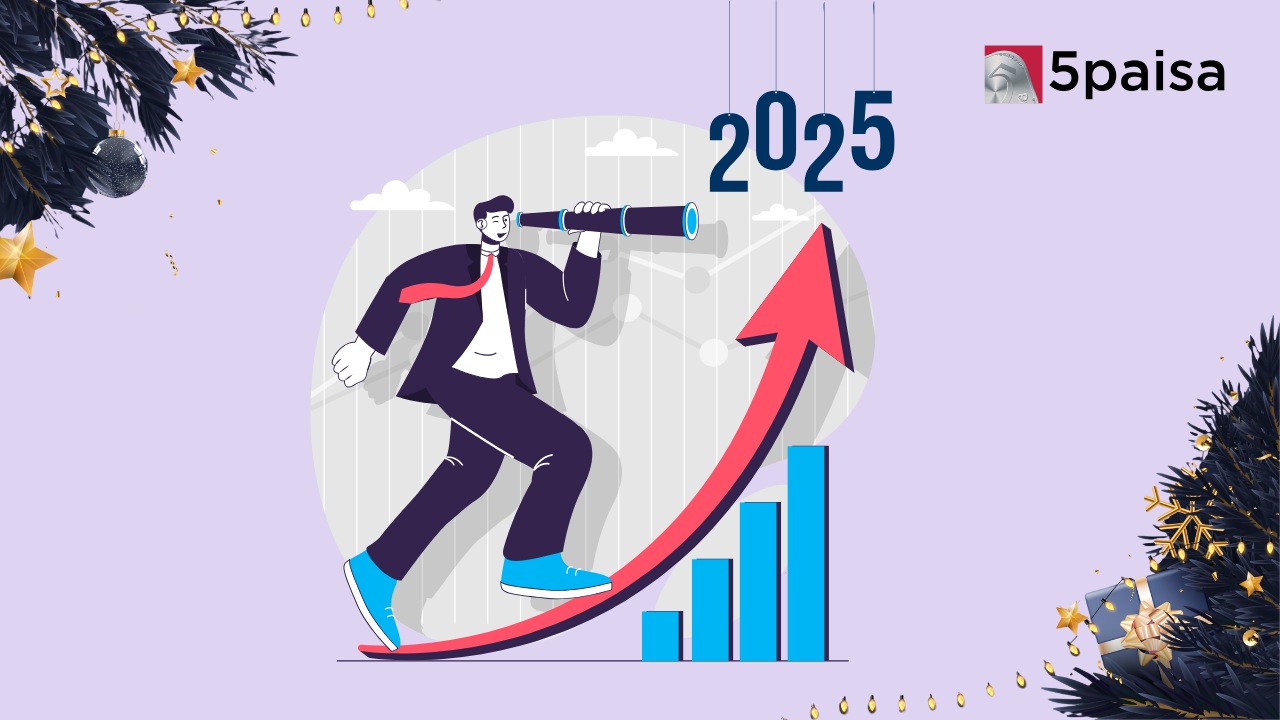Sashidhar Jagdishan, the new CEO of HDFC Bank, has a lot on his plate

Last Updated: 9th December 2022 - 12:27 am
Sashidhar Jagdishan, the new CEO of HDFC Bank, has a lot to prove after succeeding the long-serving and well-regarded Aditya Puri.
Under Puri, the bank's stock rose to prominence among investors; someone who invested Rs. 1 lakh in the IPO in 1995 would now have almost Rs. 15 crores. However, over the past year, the stock has lost money and underperformed in the index. Jagdishan reportedly told his friends and family that his first year had been challenging and similar to the CEO's corner office to face a group of West Indian fast bowlers in the 1980s when playing cricket at Sabina Park.
According to Jagdishan, technology is the secret to the bank's future prosperity. The pandemic hastened the shift of banking consumers to online and mobile platforms. Branch visits are now viewed as a major annoyance. Tech is the primary focus for HDFC Bank, according to Jagdishan in the bank's FY22 annual report and during the analyst day.
It's about time; the bank has fallen behind its rival ICICI Bank in implementing technology across all of its divisions, and the RBI has repeatedly reprimanded it for server issues and website outages.
In addition, Jagdishan intends to add 1,500–2,000 branches annually over the next 3-5 years, doubling the bank's branch network. In FY23, HDFC Bank will begin an era of rapid expansion with the impending HDFC merger.
In addition, Jagdishan intends to add 1,500–2,000 branches annually over the next 3-5 years, doubling the bank's branch network. In FY23, HDFC Bank will begin an era of rapid expansion with the impending HDFC merger.
The goal of HDFC Bank is to market its goods to HDFC's clients.
Since the company announced the merger with Housing Development Finance Corporation (HDFC) on April 4, the price of HDFC Bank's stock has fluctuated wildly. Following the announcement, the stocks of both companies increased by around 10%, but investors' excitement soon subsided. HDFC Bank's stock is down close to 10% despite FY22's outstanding earnings, while the Nifty 50 is flat and the Nifty Bank dropped 3.2 percent during that time.
In a market where HDFC is the leader, HDFC Bank is aiming to increase its home loan portfolio. According to the bank's management, the housing market represents a significant area for expansion and will be one of the major contributors to India's GDP during the coming ten years. Only 2% of the bank's clients currently obtain house loans from the institution.
In a market where HDFC is the leader, HDFC Bank is aiming to increase its home loan portfolio. According to the bank's management, the housing market represents a significant area for expansion and will be one of the major contributors to India's GDP during the coming ten years. Only 2% of the bank's clients currently obtain house loans from the institution.
A customer who has a home loan is particularly valuable and often keeps deposits in their bank account that are five to seven times higher than those of other retail customers. In order to increase its retail deposits and so raise the current account savings account ratio, or CASA ratio, HDFC Bank urges HDFC's clients to bank with it.
If this hypothesis is correct, the bank may see higher margins by cross-selling house loans together with other products. Given that HDFC Bank serves only 30% of its clients, there is a significant possibility to generate synergies from the combination.
Net interest margin (NIM) declines in FY22 due to an increase in the mix of wholesale loans.
The bank's priority segments for FY21 had been determined by the management. Retail assets, commercial (MSME or micro, small, and medium-sized enterprises) and rural banking, and corporate banking were among them. In FY22, the bank's income from each of these segments increased. Loan assets under management (AUM) increased by double digits in the commercial and rural banking segment in FY22, increasing over 30% YoY, while retail loan AUM increased by over 15%.
When the pandemic began in FY20, HDFC Bank's mix of retail loans and wholesale loans was 50/50. The share of retail has decreased starting FY18 from a larger level in the past. While less lucrative wholesale loans increased to a share of 56 percent in FY22, the share of retail loans in the mix decreased to 44 percent, the lowest level in four years.
As a result of the asset mix shifting toward the high-rated, low-yielding wholesale market, the net interest margin (NIM) decreased slightly by 10 basis points to 4% in FY22. In contrast, the return on assets stayed the same at 2% from FY21. In FY22, the gross NPA ratio decreased by 10 basis points to 1.2 percent as a result of an improvement in the asset quality mix.
According to a report by Moody's Investor Service, recent interest rate increases by the RBI will cause the NIM of Indian Banks to increase in FY23. According to Moody's, while rising inflation may harm banks by causing them to receive fewer deposits, higher policy rates and advantageous funding arrangements might result in margin growth.
Even though the technology is HDFC Bank's main priority, new branches will still be opened.
The management wants to modernize the bank with technology, and the topic of its annual report for FY22 is "reimagining the future with technology." Execution, however, is difficult, especially for a giant like HDFC Bank with its several interconnected legacy tech systems and personnel who are accustomed to doing things the old-fashioned way.
Therefore, it is not surprising that Jagdishan has had a challenging year. Additionally, HDFC Bank has nimble rivals that include fresh, well-funded fintech firms that want to devour the established order.
Long-term returns on technology investments are often positive. Currently, over 93 percent of HDFC Bank's transactions are handled electronically, and in line with other fintech companies, HDFC Bank intends to release new features every three to four weeks. However, the bank will incur greater operational costs as a result of these investments.
The management's aggressive branch development plan and its high attrition rate of 25% are additional factors that will increase operating expenses. HDFC Bank opened 734 new branches in FY22.
But now that the merger is imminent, the objective is to add 1,500 to 2,000 branches annually for the next three to five years in order to roughly double the network. 6 342 branches of HDFC Bank existed at the end of FY22.
Revenue growth for HDFC Bank, but potentially greater operating costs
HDFC Bank hired 57,300 people in FY22, more than doubling its headcount from FY21 as it focuses on expansion (21,500 hires in FY21). But this hiring surge wasn't just due to a rise in the number of branches. A contributing aspect was the high attrition rate of 25% in FY22, which was particularly noticeable among frontline employees/sales officers (attrition rate: 43%) and individuals under the age of 30. (35 percent ). In the ensuing quarters, these turnover rates may contribute to rapidly rising staff expenditures.
With expansion plans, operating costs are anticipated to go up, while HDFC Bank's revenue is likely to increase because of a solid CASA ratio, steady NIM expansion, and a rise in non-interest income.
The HDFC merger, however, is anticipated to be completed by 2024, so the bank has a lot on its plate in terms of accomplishing the goals of its new CEO and integrating into a merged company.
- Flat ₹20 Brokerage
- Next-gen Trading
- Advance Charting
- Actionable Ideas
Trending on 5paisa
Indian Stock Market Related Articles
Disclaimer: Investment in securities market are subject to market risks, read all the related documents carefully before investing. For detailed disclaimer please Click here.
 5paisa Research Team
5paisa Research Team
 Sachin Gupta
Sachin Gupta




